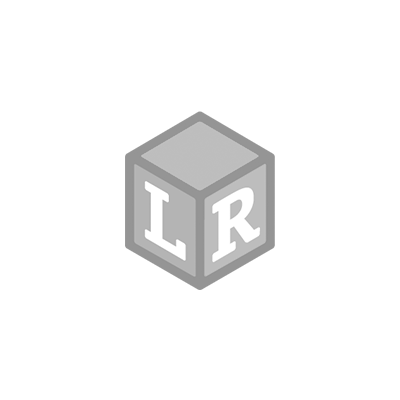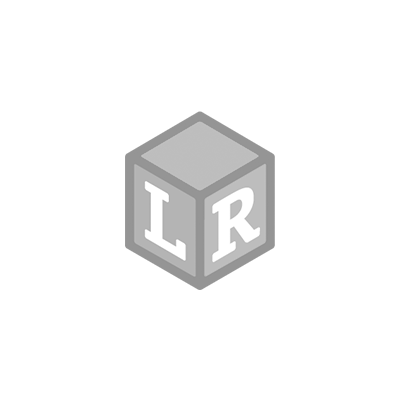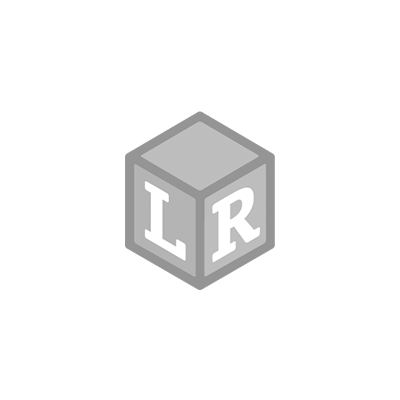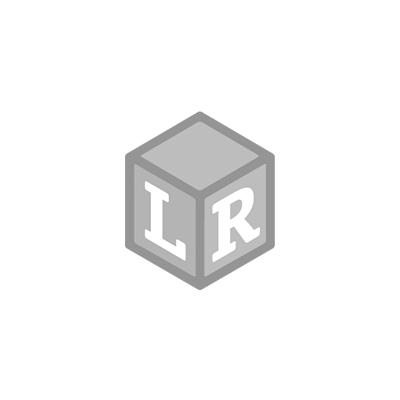
Stay At Home STEM: The Sorting Challenge
- Patria Lincoln Posted On Mar 16, 2020 | Math
How to keep little minds thinking mathematically during this unique time at home? There are plenty of options sitting right there in your craft box, junk drawer, or pantry, just ripe for learning opportunities. The mathematical concept of sorting is a part of people’s every day lives, no matter the age. “When a child has early interactions and experiences with sorting things into groups, they can better observe how things are alike and how things are different,” says Mary Becker, a teacher in Kenosha, Wisconsin. “The more a child sorts, the easier we see them cope with information in our busy world.” Here are five activities – most with items you have around the house – to practice sorting during this time away from your child’s formal classroom. 













 Happy Sorting!
Happy Sorting!
The Bean Sort
Hop over to your pantry a grab some dried beans. This was a bag of several different varieties, but feel free to keep it as simple (sorting, say, three types) or challenging (ten types).

The Rainbow Sort
Grab any rainbow-inspired objects from around the house. Here we incorporated the Learning Resources’ Three Bear Family® Basic Six Color Rainbow Counter Set. Using a piece of paper or dry erase board, draw a rainbow arc. Encourage children to first sort the items together by group, then place them in spectrum color within the rainbow shape.


The Playing Card Sort
Learning how to sort is aces! Get out a deck of playing cards. In mathematical terms, a “set” is a collection of things that share a particular property. Within a deck of cards, there are lots of sets, as well as subsets. First, sort by suit. What about grouping them by the same face amount? Numerical order? No matter what you decide, when it comes to playing cards, sorting is the name of the game.



The Jelly Bean Sort
Let’s take our sorting one step further. Grab a bag of jelly beans, Skittles, or any kind of multi-colored food or candy from the pantry. Using painters tape, create a graph right there on the table or floor. Give kids a handful of the food of choice and have them place it in “labeled” columns. A graph is a visual display of quantitative information, and learning how to read them leads to a deeper understanding of mathematical concepts. A real “competition” can grow from this. Which jelly bean column will be the winner?


The Color and Reading Sort
Suited more for your Kindergartner, have your child place Post-it Notes (no mark!) under the correct column right there on your wall. Simply write out the colors of the Post-it colors you have, and hand your toddler the sticky notes. Reading, sorting, and critical thinking skills all at once!

 Happy Sorting!
Happy Sorting!  Shop UK Site
Shop UK Site 




















